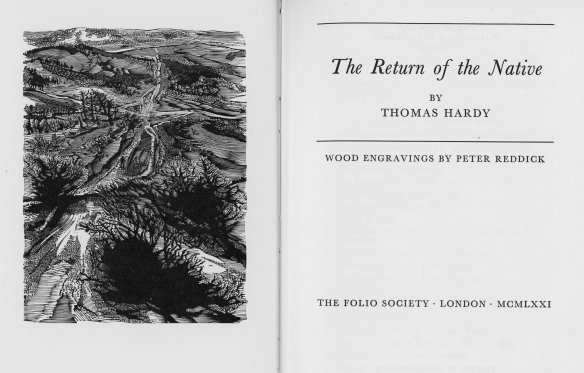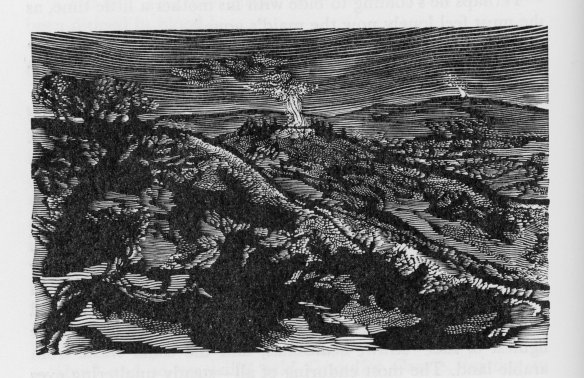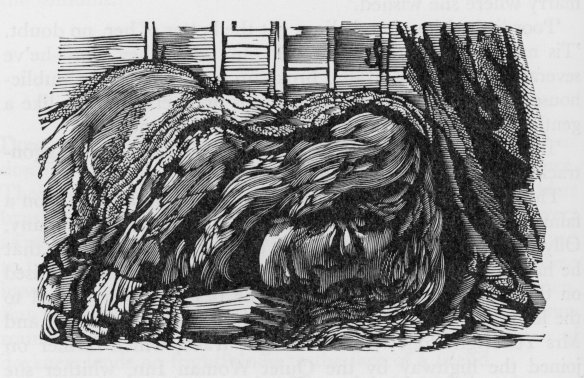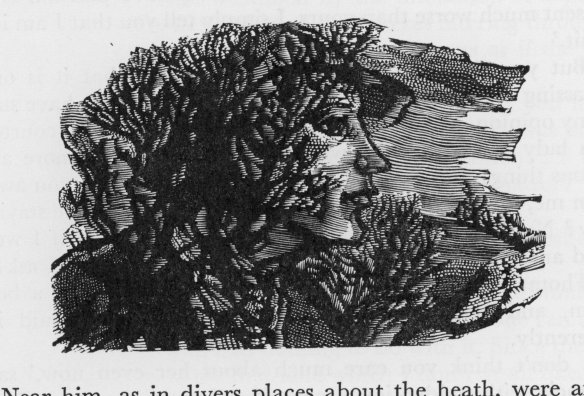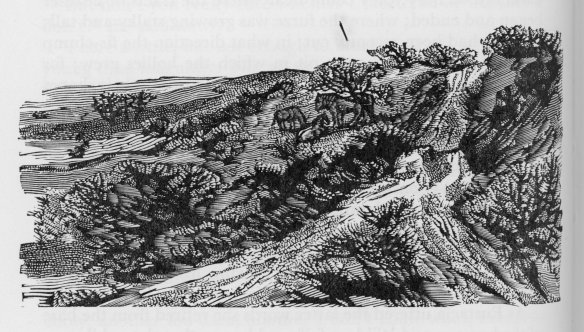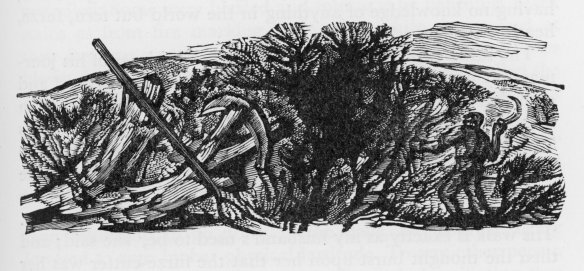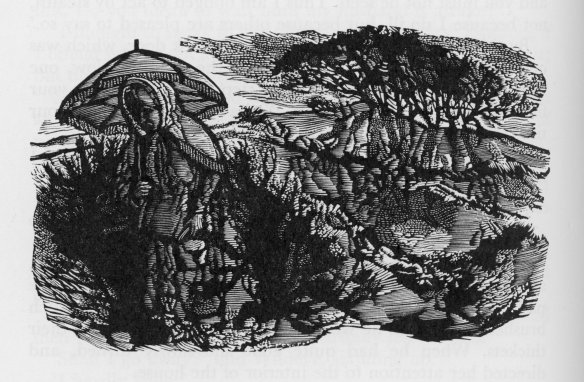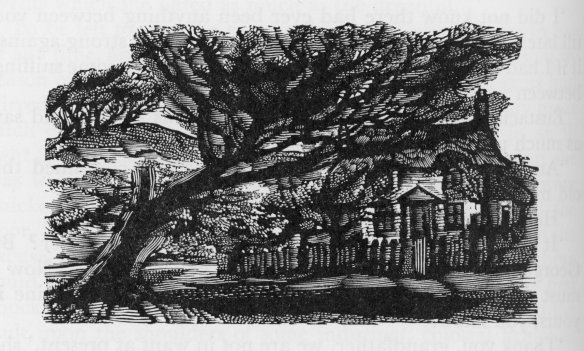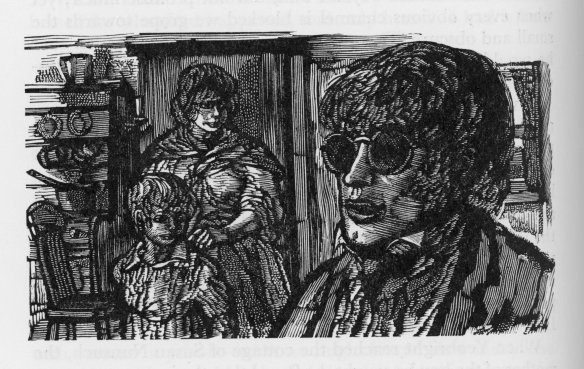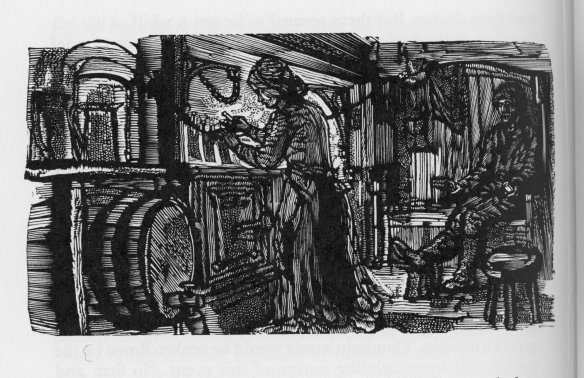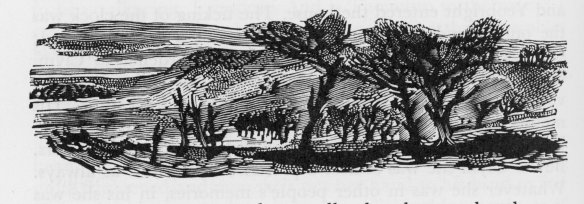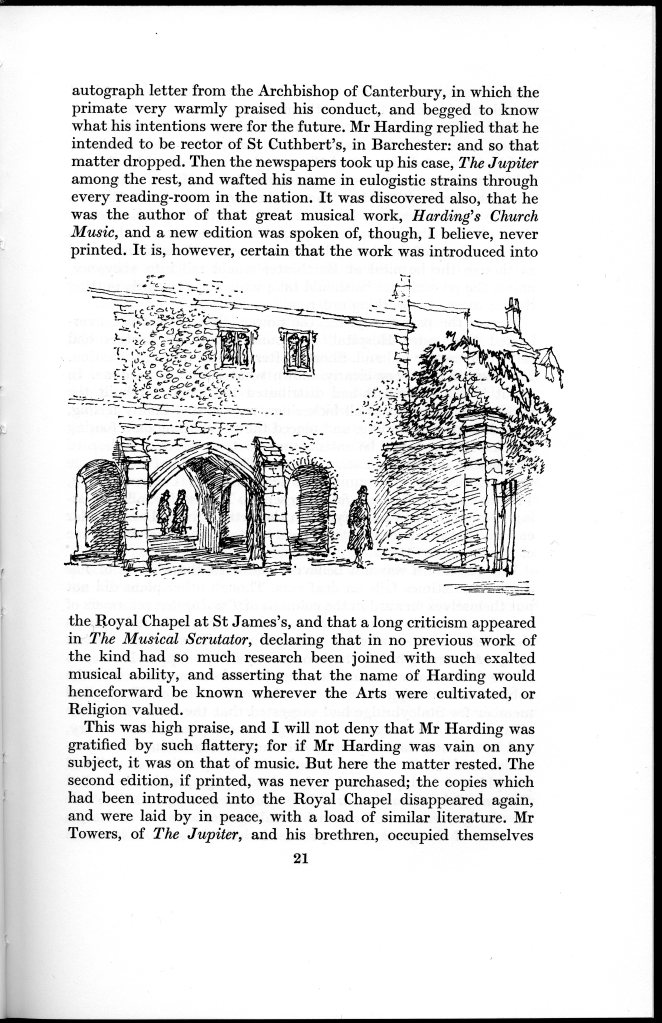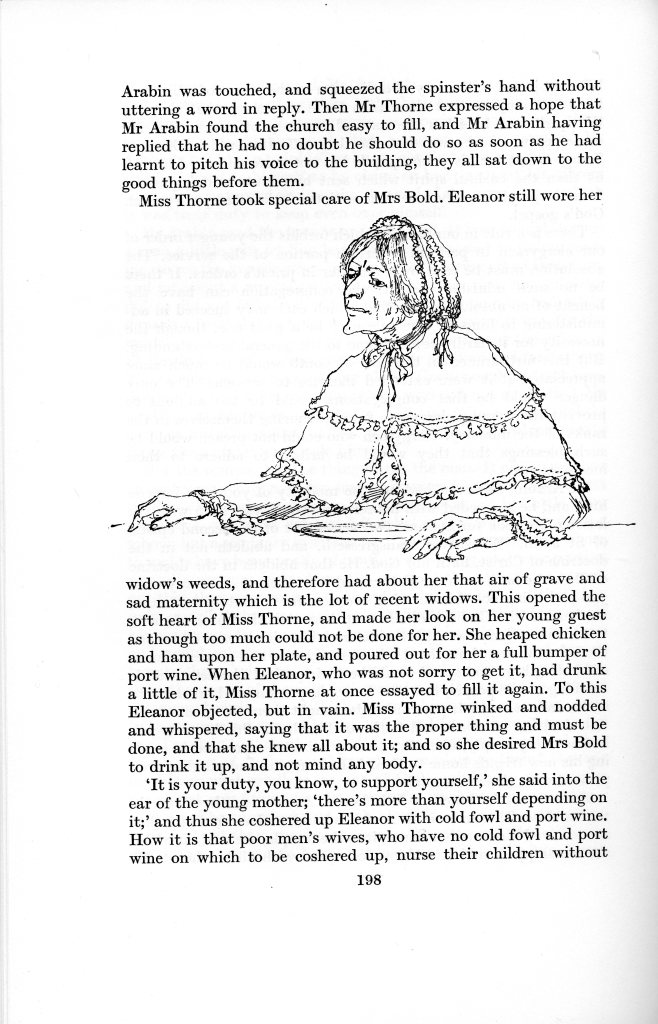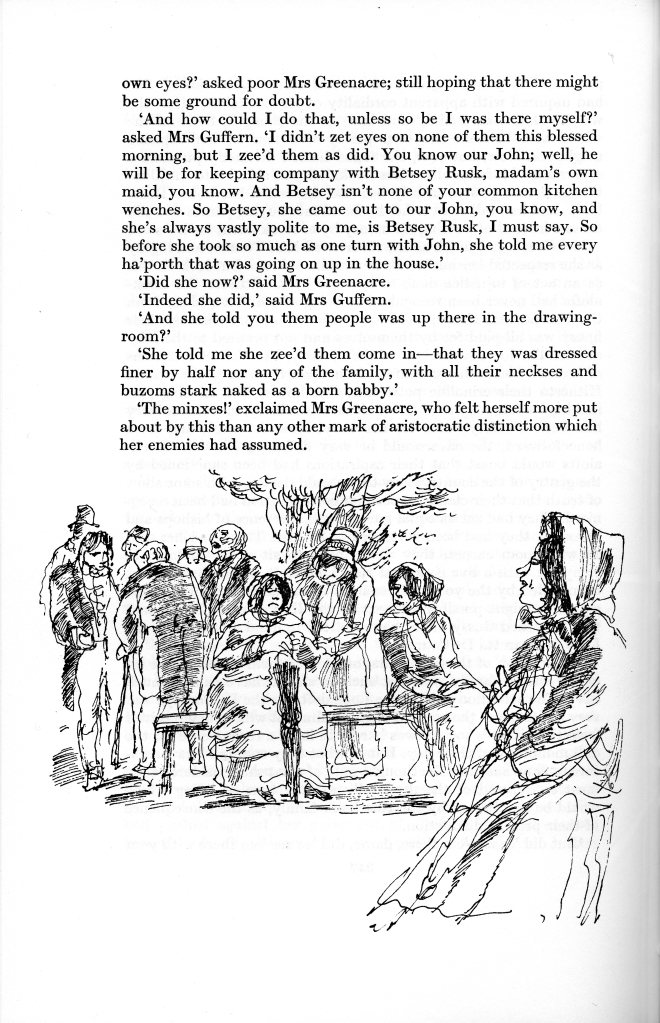During the power cut yesterday evening I finished reading

being the fourth of Anthony Trollope’s Barsetshire novels.
I have to say I found this one rather ponderous in its political and philosophical passages, giving the impression that the periodical pattern of its publication promoted such prolixity.
Trollope’s familiar themes of love, marriage, and matriarchal machinations; the mores of the period; the importance of appearance over authenticity, and status over sincerity; devious deception, and struggles of conscience, are treated in this continuing chronicle of clerical kinship.
To my mind the author is at his best when dealing with the characters of his subjects, in particular through his easy command of dialogue, and his descriptions of his period.
Julian Symons has written a helpful introduction in which he acknowledges that he is at odds with many critics.
The Folio Society aims to commission illustrators commensurate in style with the periods of their publications. Peter Reddick’s elegantly delicate drawings perfectly fit the bill. Each is placed within the text of a single page, on a rather smaller scale than these I produce here.
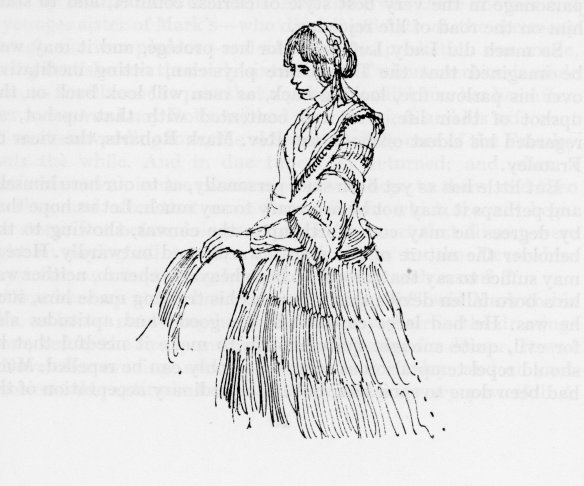

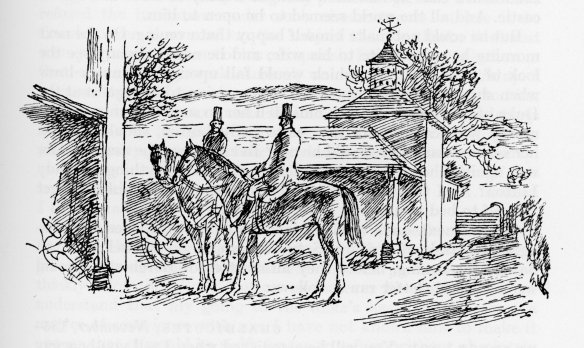
























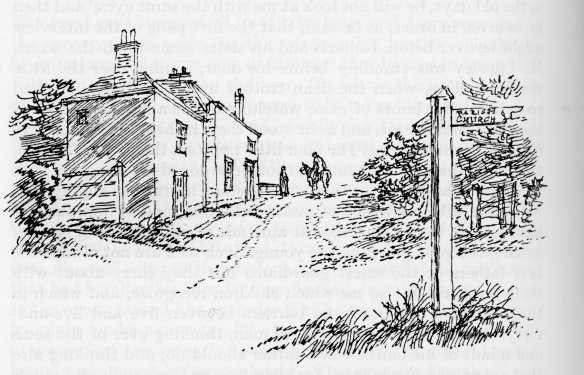




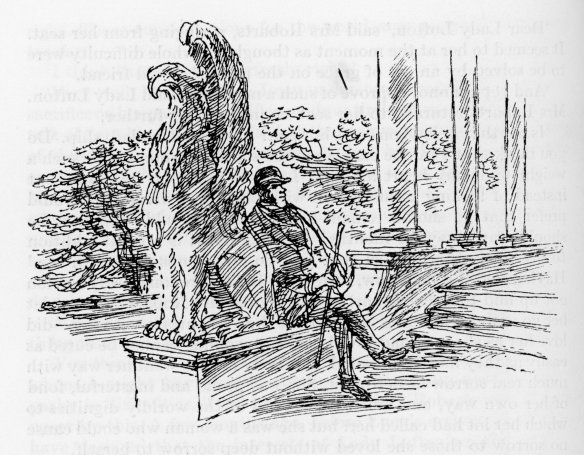



A comparison of these with the same man’s woodcuts for Hardy’s ‘The Return of the Native’ provides ample examples of this illustrator’s versatility

On this dull but dry day Jackie continued with her planting as in this orange themed chimney pot,

and tidying along the Gazebo Path. She watched the blue tit at top right of this picture

feeding on sunflower seed hearts which it

carried up to the wisteria,
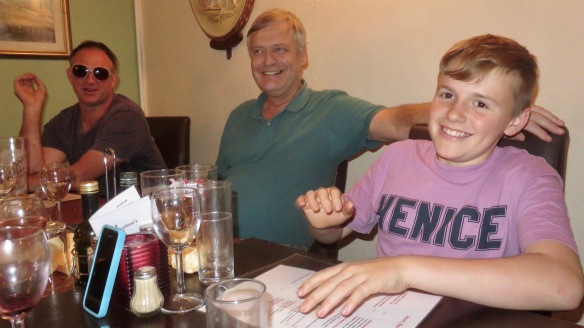
placing it beneath its foot with which it gripped the nugget while it nibbled away. This was done repeatedly.


Our very own Nugget, still skittish and clearly occupied elsewhere, is back investigating Jackie’s activities.

“Where’s Nugget?” (70)
The pieris behind the Nottingham Castle bench in the picture above is one example of the red/green complimentary colours that Jackie photographed along with all today’s photographs.
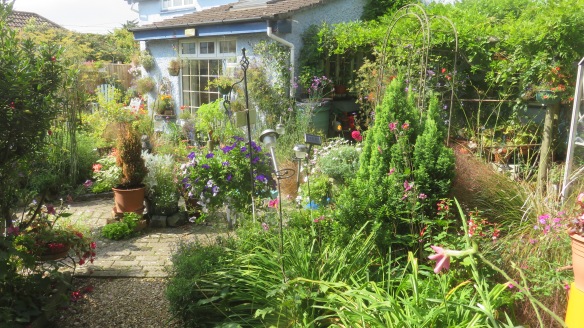
Another is shown by these geranium palmatum leaves turning red to warm up in cold weather.

The red Japanese maple stands beneath the golden one behind it;
 the red leaves and gold flowers of this heuchera repeat that combination.
the red leaves and gold flowers of this heuchera repeat that combination.
This evening we dined on roast lamb, roast potatoes, Yorkshire pudding, cauliflower, carrots, runner beans, and red cabbage with which Jackie drank Hoegaarden and I drank Cap Royal Bordeaux Supérieur 2016.














































































